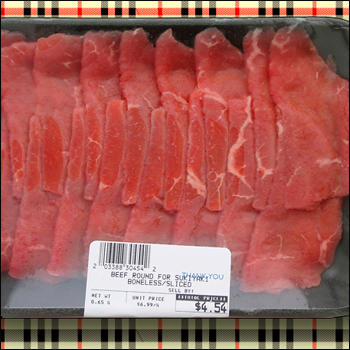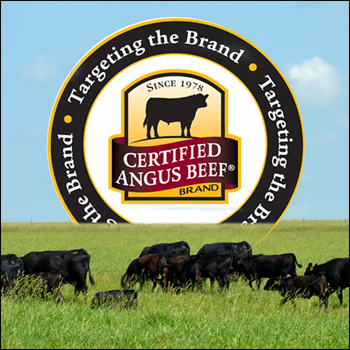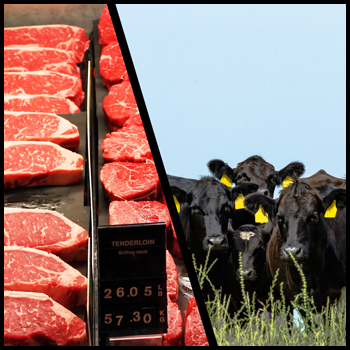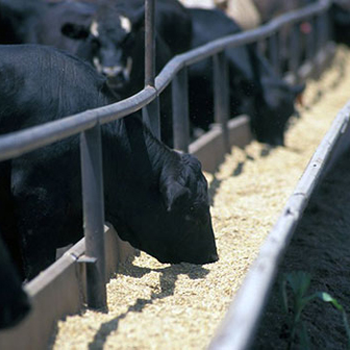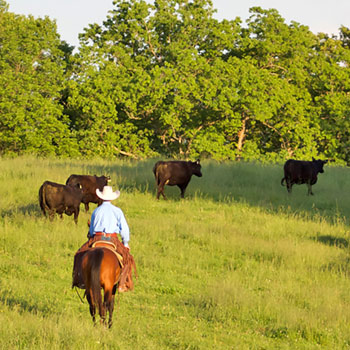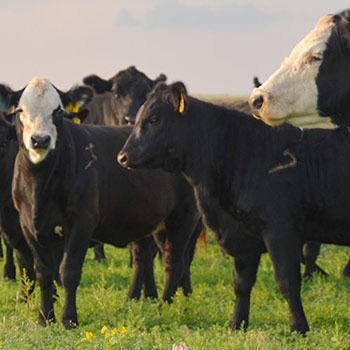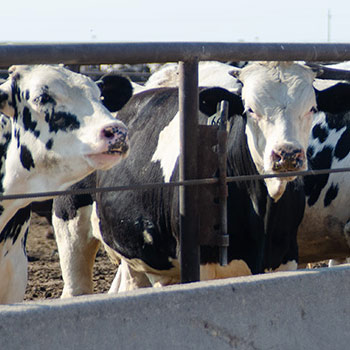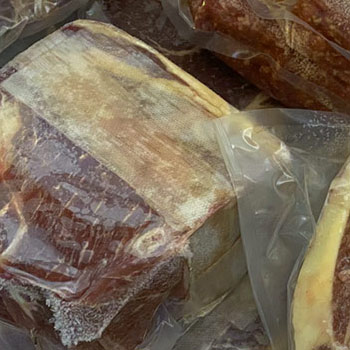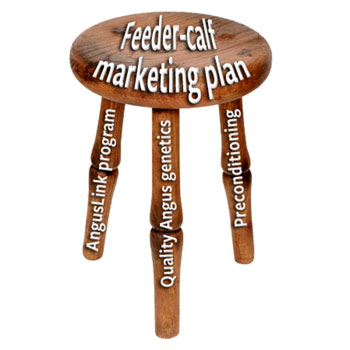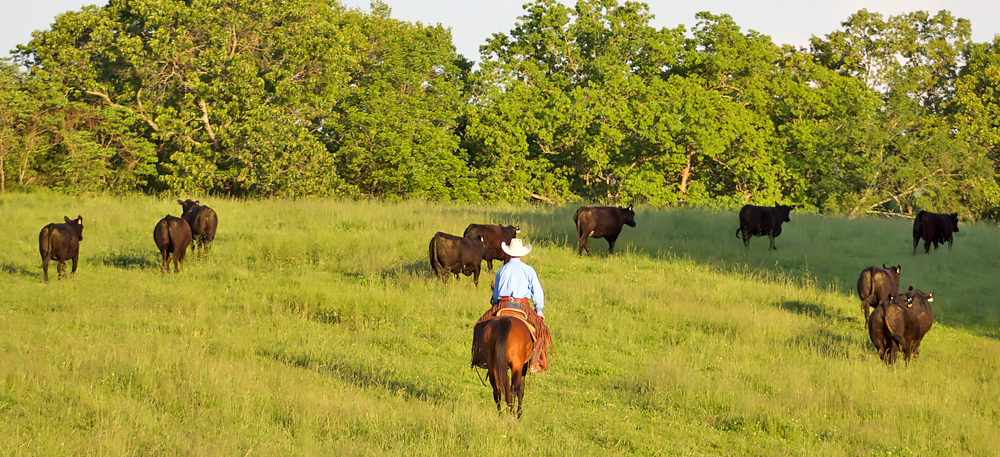
Marketing Strategies
Instead of just improving management practices, concentrate on marketing practices, too.
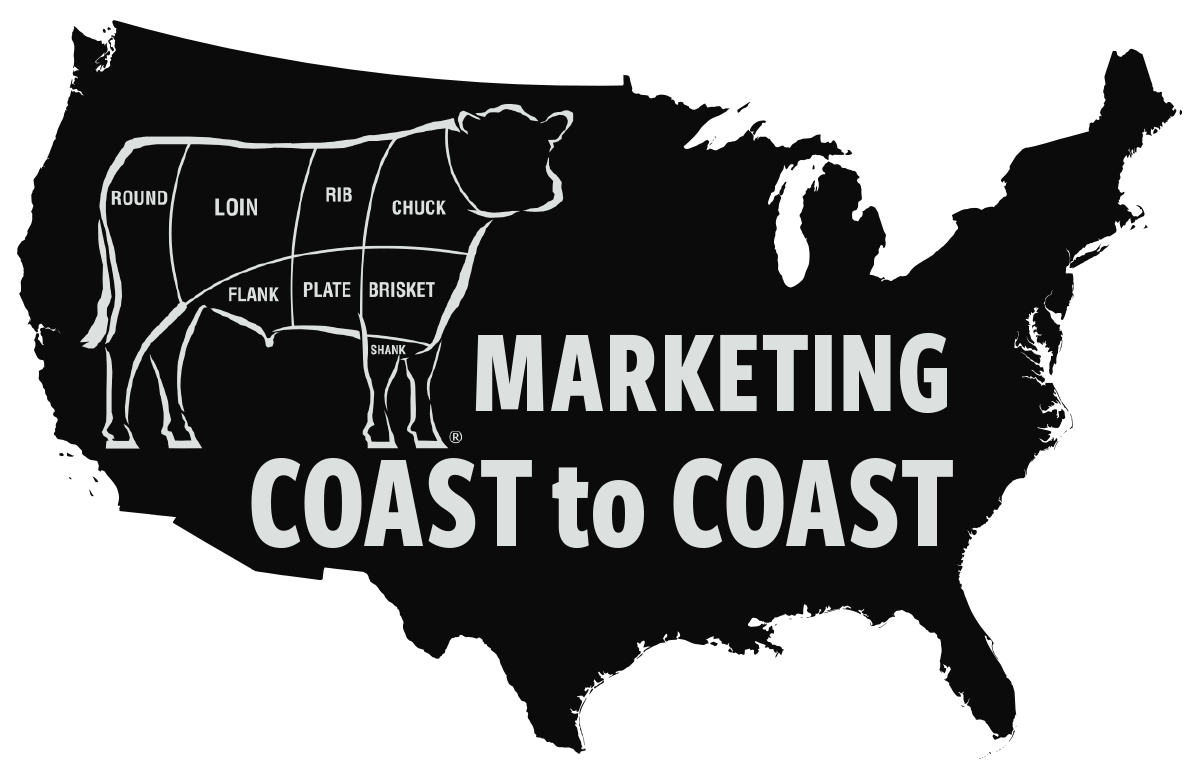
Cattle producers typically do a good job of caring for their cattle, but they usually have room to improve in their marketing. The cattle industry has many uncertainties. Given the risks, thin or negative margins, and need for efficiency, it can be difficult to develop a good marketing plan, or to know when to tweak it.
Anne Wasko, market analyst with Gateway Livestock Exchange, says unexpected events are a good reason why producers need a plan. It’s wise to take a hard look at how we traditionally market cattle — whether calves, yearlings, or cull cows and bulls.
Each producer needs a business plan, which will be a little different for each. There will always be the side that addresses production, the inputs for feed and other necessities, and the third piece of the plan is marketing, she says.
Even though we have no control over some of the things that affect us, we can try to see if there’s anything we might do better if it happens again. In the next drought or period of high feed costs, should we sell some cows or borrow money — knowing it may take several years to pay back — to buy feed for them?
“We talk about production, weaning percentage, weaning weights, input costs, etc., but also have to think about what we’re selling. Where [do] those cattle fit into the market, and [are there] ways to add value by changing the timing of marketing, or even changing the type of cattle we raise? We’re getting some clear messages from the market in terms of marbling, high-grading cattle, etc. We need to produce what the consumer wants,” she explains.
Visit with buyers or people who bought your product, or with other producers, she suggests. You might see something that works for someone else that might also work for you.
There’s not one best way to market cattle, because not all consumers want the same thing.
“There are some high-end, high-marbling grids and programs paying good premiums, but there are also specific export markets that look at different things, and some want natural programs,” says Wasko.
Each producer must decide what works best for them, and it might be partly regional.
“Where I live, there are some things we can’t do since we only get about 8 inches of rain annually. Our environments affect what we do,” she says.
Sometimes marketing strategies need to be improved, she says. “If we are doing a business plan annually, we need to be tweaking it every year. Then we don’t get in a rut, thinking that this is how we did it last year or how Dad has always done it. I’m not against continuing to do things that work, but they need to be revisited continually.”
It’s impossible to make a good plan until you have the information necessary to make those decisions. Good records are the basis from which to start; decisions can’t be made about marketing or production without that information. It’s important to be able to go back each year and see what went right, what went wrong and why. Maybe you couldn’t have done anything about some of it, she admits, but maybe you could have done something differently on another facet. Keeping track of markets also helps.
“You might look back and see that folks who presold calves on a video sale in July for October delivery did better than you did by 5¢ per pound. You might decide to get more proactive on managing price risk,” she suggests.
Some producers find niche markets that can fit their situation without much extra cost and effort. It might be grass-fed, natural or some other certified program. The vaccinated/preconditioning programs are a common value-added market. Each producer must determine if a certain program is doable and might be profitable. (Check out AngusLinkSM options in “The Link” column.)
“Do some research. Seek out markets that might be best for you,” says Wasko.
Editor’s note: Heather Smith Thomas is a cattlewoman and freelance writer from Salmon, Idaho. Photo by Lauren Gilbert, 2019 NJAA/Angus Journal Photo Contest.

